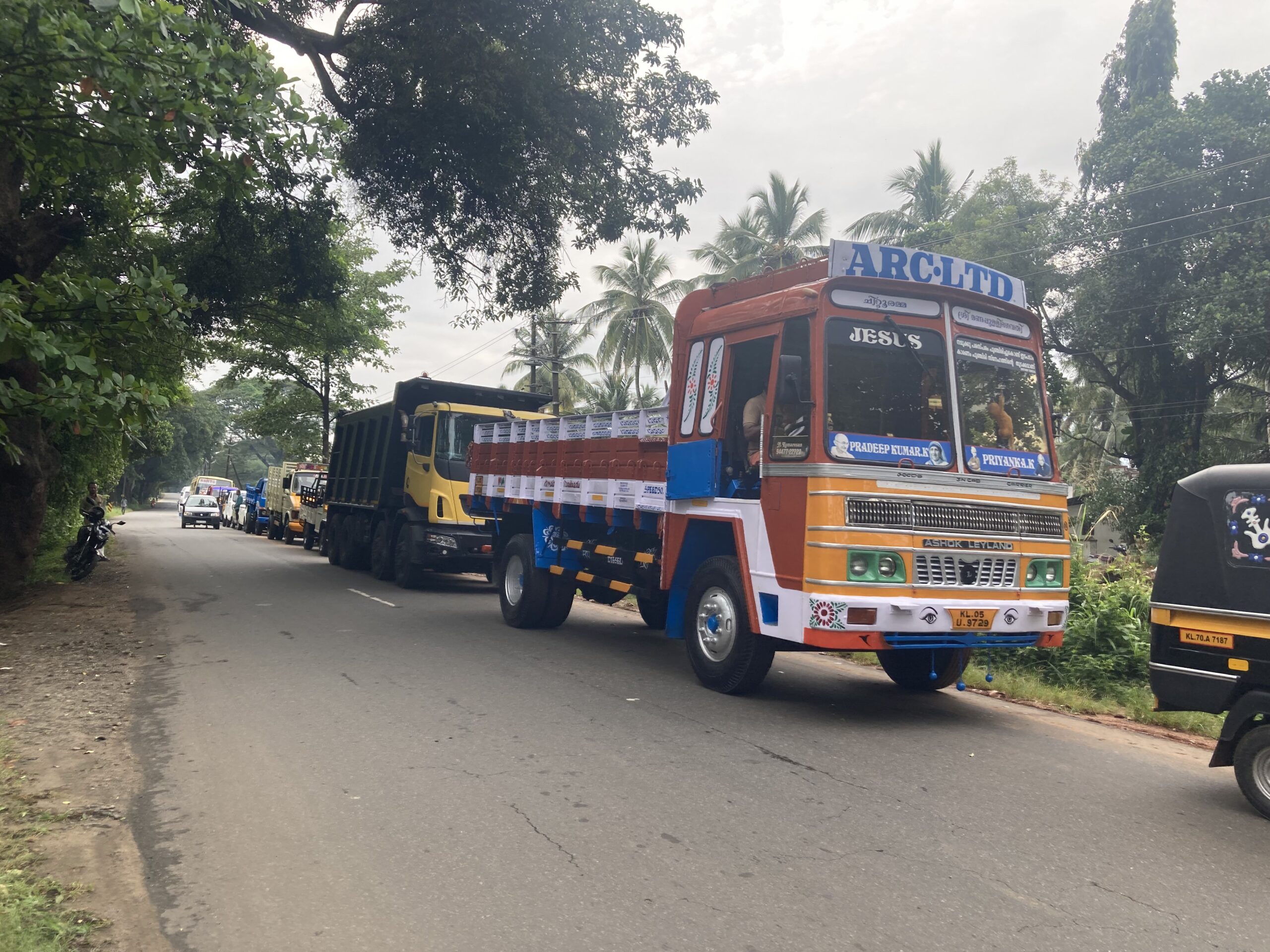Road markings are essential elements of transportation infrastructure, providing visual cues that guide and inform drivers on highways. These markings, combined with road signals, play a crucial role in ensuring safe and efficient traffic flow. In this article, we will explore the significance of road markings, focusing on their importance in India and the various types and specifications as per IRC 35 and MoRTH guidelines. We will also provide examples of commonly used road markings and their names.
1. Importance of Road Markings
Highway Road Markings: Highway road markings are specifically designed to enhance safety and facilitate smooth traffic movement on highways. They provide valuable information to drivers, such as lane divisions, turn lanes, pedestrian crossings, and other regulatory and warning signs. These markings play a vital role in preventing accidents, guiding drivers in adverse weather conditions, and improving overall road discipline.
Road Signals: Road signals work in conjunction with road markings to regulate traffic at intersections and facilitate safe movements. They convey instructions to drivers, indicating when to stop, yield, or proceed, ensuring orderly traffic flow and minimizing conflicts. Road signals are typically positioned at strategic locations and are coordinated with road markings for effective traffic management.
2. Road Markings in India
Road Markings as per IRC 35: The Indian Roads Congress (IRC) has defined guidelines for road markings under IRC 35. These guidelines specify the dimensions, colors, and placement of various road markings. As per IRC 35, road markings in India include center lines, edge lines, lane markings, pedestrian crossings, stop lines, and zebra crossings. These markings follow standardized patterns and help regulate traffic and ensure driver safety.
Road Marking Specifications as per MoRTH: The Ministry of Road Transport and Highways (MoRTH) in India also provides specifications for road markings. These specifications outline the materials, dimensions, and application methods for different types of road markings. MoRTH guidelines ensure uniformity and adherence to quality standards in road marking implementation across the country.
3. Examples and Types of Road Markings
a) Center Lines: Center lines are markings that divide the road into separate traffic streams, indicating the boundaries between opposing lanes of traffic. They assist drivers in maintaining their positions and prevent head-on collisions. Center lines can be solid or broken, with variations depending on the type of road and traffic conditions.
b) Edge Lines: Edge lines mark the outer edges of the roadway, separating the traffic lanes from the shoulder or roadside. They provide visual guidance and help drivers maintain their positions, particularly during low light conditions or poor visibility. Edge lines can be solid or broken, with different colors denoting specific conditions or restrictions.
c) Lane Markings: Lane markings divide the road into individual lanes and assist drivers in staying within their designated lanes. These markings help regulate traffic flow, enable lane changes, and enhance safety. Lane markings include solid lines, dashed lines, and arrows, providing information about overtaking zones, merging lanes, and designated turning lanes.
d) Pedestrian Crossings: Pedestrian crossings, such as zebra crossings, play a crucial role in ensuring pedestrian safety. These marked areas allow pedestrians to cross the road safely and indicate to drivers that they should yield to pedestrians. Zebra crossings consist of white parallel stripes across the road, accompanied by appropriate signage.
e) Stop Lines: Stop lines are horizontal markings placed before intersections or junctions, indicating the point at which drivers must stop their vehicles. These lines ensure that vehicles halt before entering intersections, allowing for safe and orderly traffic flow. Stop lines are typically solid white lines and are accompanied by stop signs or traffic signals.
f) Other Markings: Road markings also include various other symbols and signs to convey specific information to drivers. These may include arrows indicating mandatory or recommended directions, speed limit markings, bus lane markings, bicycle lane markings, and crosswalk markings near schools or hospitals.
Road markings, in conjunction with road signals, play a critical role in ensuring safe and efficient traffic flow on highways. In India, road markings adhere to guidelines specified by IRC 35 and MoRTH, ensuring standardized and uniform implementation across the country. Center lines, edge lines, lane markings, pedestrian crossings, stop lines, and zebra crossings are some examples of road markings that help regulate traffic, enhance safety, and provide clear navigation instructions to drivers. By understanding and following road markings, drivers can contribute to a safer and more organized road environment, reducing the risk of accidents and ensuring a smoother journey for all road users.
Image by Hands off my tags! Michael Gaida from Pixabay
Get in touch with us using the email below to reach out for any inquiries, feedback, or collaboration opportunities. admin@roadsandrails.org









